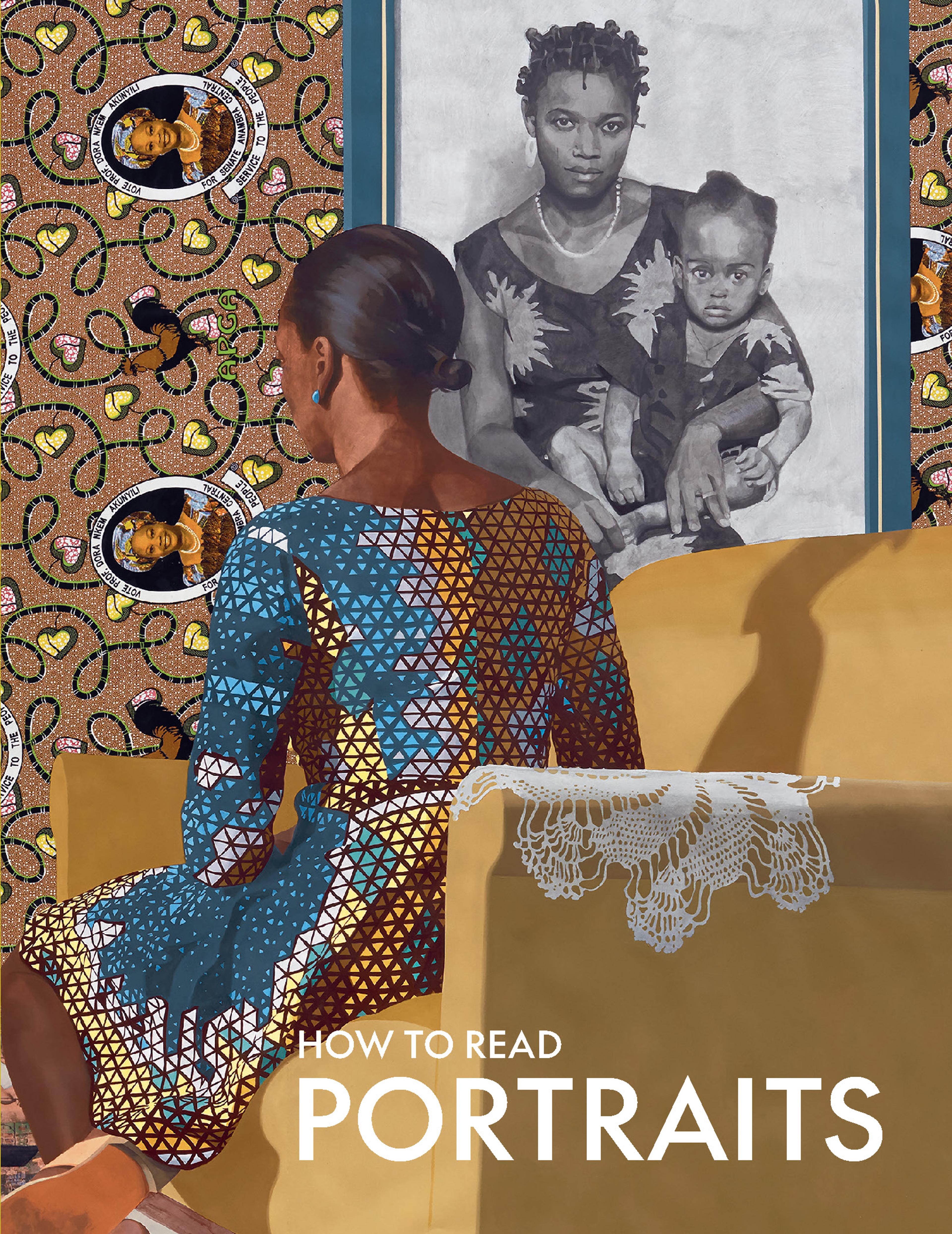Portrait of Napoleon I
Jacques-Louis David was First Painter to the emperor, but Napoleon did not like the official coronation portrait that David painted during the autumn and winter of 1805. Instead, he preferred a portrait that François Gérard had prepared in 1805 for the Ministry of Foreign Affairs. It shows Napoleon in the Throne Room of the Tuileries Palace, the seat of the empire. The emperor commissioned a number of repetitions to give to prominent officials, such as his grand-chamberlain, the duc de Tallyrand, and to his numerous brothers and sisters, whom he had installed on thrones throughout western Europe. It is no longer certain which of the many versions of Gérard's portrait was the first, although it may be the canvas now at the Château de Versailles.
In 1808, Napoleon ordered the imperial tapestry works to execute a woven copy of his favorite portrait, thereby aligning himself with the royal tradition of tapestry patronage that extends back to the Middle Ages. A painted replica could have been produced quickly and with little expense, but tapestry was much more time-consuming and costly, and therefore considerably more precious. Eight weavers worked for three full years to make this tour de force. It was presented to the arch-chancellor of the empire, Jean-Jacques Régis de Cambacérès, four days after it was completed on March 7, 1811.
In their depictions of Napoleon in his imperial robes, David and Ingres both strove to create novel imagery consonant with the new regime. However, the portraits that found favor with the court were those, such as this, that relied upon familiar conventions that had been used to portray French kings since Louis XIV.
In 1808, Napoleon ordered the imperial tapestry works to execute a woven copy of his favorite portrait, thereby aligning himself with the royal tradition of tapestry patronage that extends back to the Middle Ages. A painted replica could have been produced quickly and with little expense, but tapestry was much more time-consuming and costly, and therefore considerably more precious. Eight weavers worked for three full years to make this tour de force. It was presented to the arch-chancellor of the empire, Jean-Jacques Régis de Cambacérès, four days after it was completed on March 7, 1811.
In their depictions of Napoleon in his imperial robes, David and Ingres both strove to create novel imagery consonant with the new regime. However, the portraits that found favor with the court were those, such as this, that relied upon familiar conventions that had been used to portray French kings since Louis XIV.
Artwork Details
- Title: Portrait of Napoleon I
- Artist: After a painting by baron François Gérard (French, Rome 1770–1837 Paris)
- Manufactory: Manufacture Nationale des Gobelins (French, established 1662)
- Workshop director: Workshop of Michel Henri Cozette (French, 1754–1822 Paris)
- Maker: Woven by Harland the Elder (French, active 1790–ca. 1826) , probably
- Maker: Woven by Abel Nicolas Sollier (French, active 1790–1815)
- Maker: Woven by Charles Duruy (French, active ca. 1805–50) , probably
- Patron: Commissioned by Napoléon Bonaparte (French, Ajaccio 1769–1821 St. Helena)
- Date: designed 1805, woven 1808–11
- Culture: French, Paris
- Medium: Wool, silk, silver-gilt thread (26-28 warps per inch, 10-12 per cm.); gilded pine frame
- Dimensions: 87 1/2 × 57 1/2 in. (222.3 × 146.1 cm)
Framed: 8 ft. 9 3/4 in. × 75 3/4 in. (268.6 × 192.4 cm) - Classification: Textiles-Tapestries
- Credit Line: Purchase, Joseph Pulitzer Bequest, 1943
- Object Number: 43.99
- Curatorial Department: European Sculpture and Decorative Arts
More Artwork
Research Resources
The Met provides unparalleled resources for research and welcomes an international community of students and scholars. The Met's Open Access API is where creators and researchers can connect to the The Met collection. Open Access data and public domain images are available for unrestricted commercial and noncommercial use without permission or fee.
To request images under copyright and other restrictions, please use this Image Request form.
Feedback
We continue to research and examine historical and cultural context for objects in The Met collection. If you have comments or questions about this object record, please contact us using the form below. The Museum looks forward to receiving your comments.
